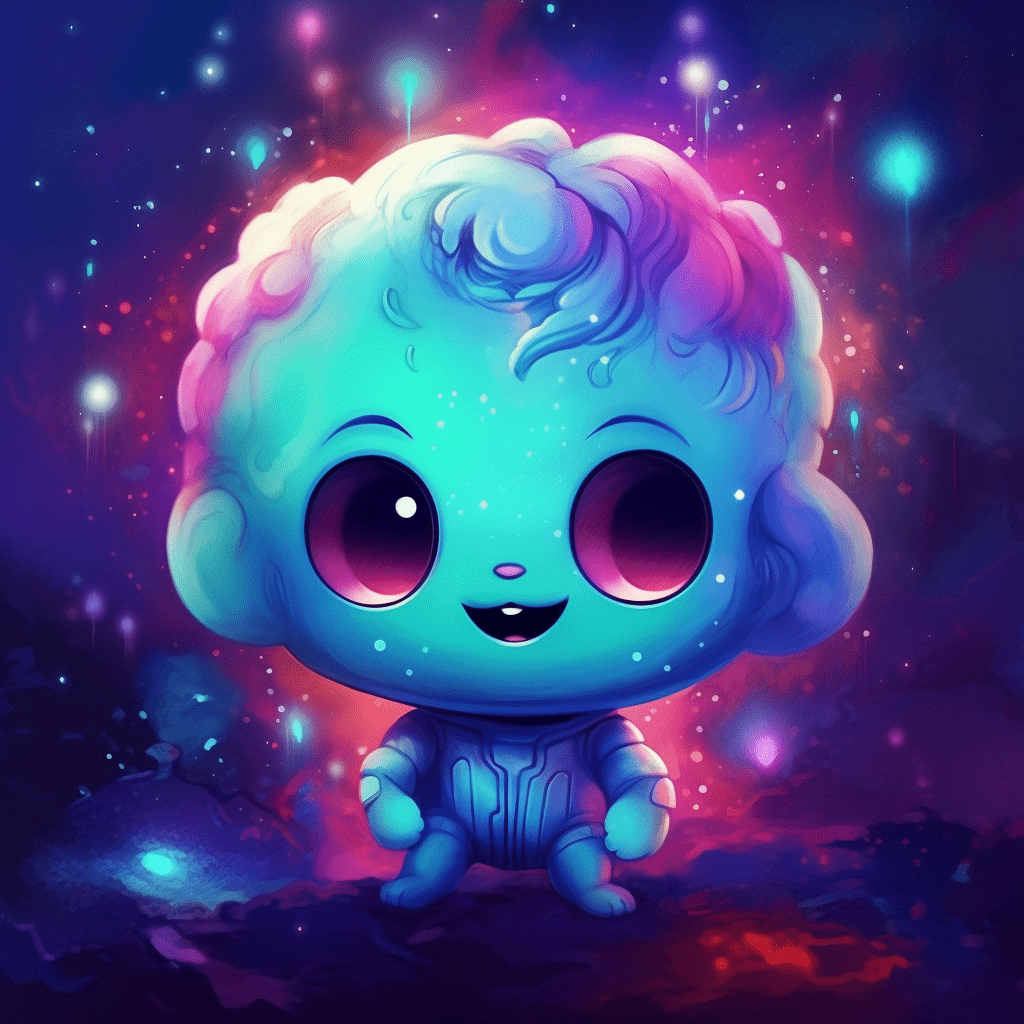
The world has been abuzz with excitement and curiosity about the latest craze in the digital landscape: Non-Fungible Tokens, or NFTs. As a groundbreaking innovation in the crypto and web3 space, NFTs have taken the market by storm, with both creators and collectors seeking to explore this unique terrain. But one question that is frequently asked is, “How much does 1 NFT cost?” The answer is not as simple as it seems. In this article, we’ll delve deeper into the various factors that influence the price of an NFT, so you’ll know how to navigate the ever-evolving world of digital art and assets.
Understanding NFTs and Their Value
Before discussing the cost of an NFT, it’s important to understand what NFTs are and the factors that contribute to their value. NFTs are digital tokens, similar to cryptocurrencies like Bitcoin and Ethereum. However, whereas cryptocurrencies are fungible and can be exchanged for one another, NFTs are unique and cannot be exchanged on a one-to-one basis, hence the term “non-fungible”.
NFTs can represent a wide range of digital assets, including art, music, videos, virtual real estate, and collectibles. The ownership and provenance of an NFT is stored on a decentralized blockchain, ensuring that no two NFTs are identical, and guaranteeing authenticity and scarcity. It is these characteristics – uniqueness, scarcity, and provenance – that contribute to an NFT’s value.
Factors Influencing the Cost of an NFT

The cost of an NFT can greatly vary depending on numerous factors. Here are some of the key aspects you need to know:
Rarity and Scarcity
The rarity and scarcity of an NFT can significantly impact its value. An NFT with a limited supply, or one that is part of a highly sought-after collection, will usually demand a higher price. As demand outpaces supply, prices tend to rise. It is important to note that not all NFTs are created equal, and there can be a significant difference in value based on rarity and scarcity.
The Creator
Another important factor in determining the cost of an NFT is the reputation and popularity of its creator. If an artist, musician, or celebrity is well-known and highly regarded, it’s more likely that their NFTs will have a higher price tag. Buyers are not just purchasing the NFT itself, but also the connection to the artist and the status associated with owning a piece of their digital work.
Demand and Popularity
Like any other collectible or asset, the price of an NFT is determined by how much others are willing to pay for it. This is largely influenced by demand and popularity. A piece from a highly sought-after collection, or NFTs featuring popular characters or iconic moments, can command a much higher price than those that are less in-demand.
Utility and Function
Some NFTs offer additional functionality, such as in-game assets, virtual real estate with income potential, or digital merchandise with real-world benefits. Utility and functionality can increase the desirability and value of an NFT, making them more expensive than those that don’t offer any added capabilities.
Blockchain and Marketplaces
The platform on which an NFT resides can also have an impact on its cost. Different blockchains and marketplaces have unique ecosystems with varying levels of exposure, liquidity, and popularity. NFTs on a well-known and established platform, such as Ethereum, may command a higher price due to increased visibility and demand. NFT fees and transaction costs on the blockchain can also factor into the overall cost.
Past Sales and Trading Volume
Historical sales data can influence the price of an NFT. If an item has consistently sold at a high price or exhibits a growing trading volume, this can indicate that the NFT is in high demand and may result in an increased price. Auction records and past transactions are often used as reference points for potential buyers when determining a fair price for an NFT.
Navigating NFT Pricing and Making Informed Decisions

Now that we’ve explored the various factors that impact the cost of an NFT, it’s important to remember that ultimately, the price of an NFT is dependent on market dynamics and subjective valuations. As a buyer or creator, it’s essential to conduct thorough research on the particular NFT, collection, or artist to make informed decisions.
When deciding whether to purchase or sell an NFT, consider the factors discussed above, such as rarity, creator reputation, demand, utility, marketplace, and past trading data. Utilize resources like NFT marketplaces, price-tracking websites, social media platforms, and relevant forums to remain up-to-date on market trends and price fluctuations that may affect your NFT transactions.
In conclusion, the cost of an NFT can range from a few dollars to millions, depending on numerous factors. It’s crucial to be well-informed, understand the market dynamics, and take a long-term perspective when navigating the exciting world of non-fungible tokens.
